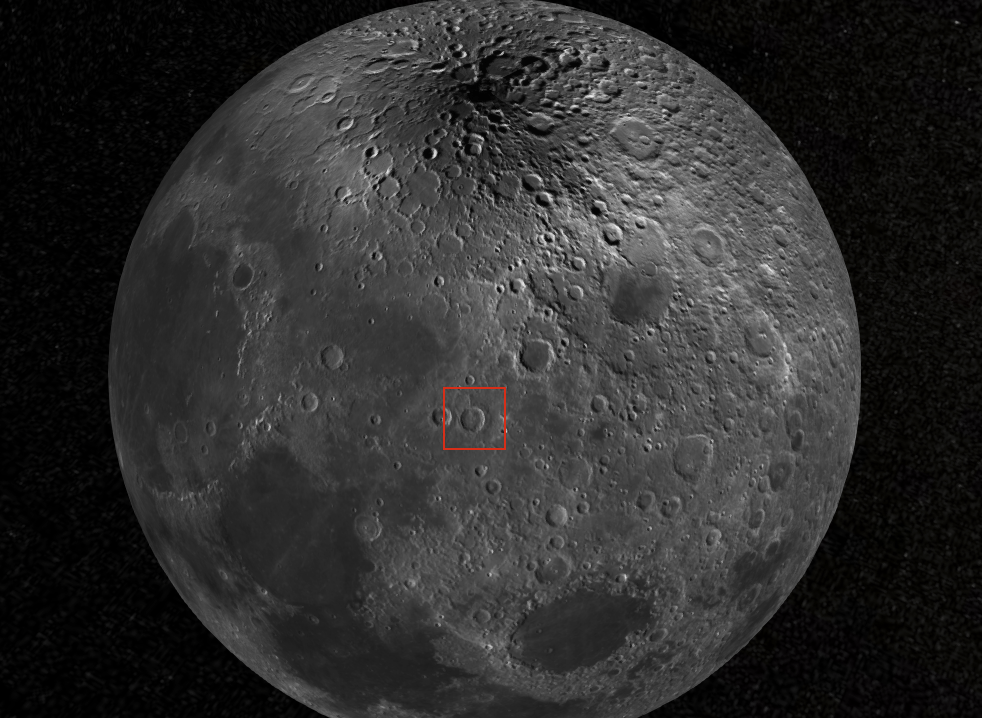NASA has located the lost Japanese lander on the moon

A satellite image of NASA's lunar orbiter LRO has captured the spot where iSpace's private lander slammed into the lunar surface. LRO also photographed the sites of previous failed landing attempts, including the 2019 one by the Israeli spacecraft Beresheet
NASA has discovered the crash site of the Japanese private lander on the moon.
NASA's Lunar Reconnaissance Orbiter (LRO) has spotted the final resting place of Hakuto-R, Tokyo-based company ispace's lunar lander that failed in its landing attempt last month.
iSpace was attempting to become the first private enterprise to land a spacecraft safely on the Moon. The craft was launched by a SpaceX rocket in December and took five months to reach its destination. It had begun a controlled descent to its surface when the company said it lost communication with Hakuto-R moments before it touched down at approximately 18:40 on Tuesday, April 25. The iSpace team later confirmed that the lander did not land safely on the lunar surface.
And now the NASA orbiter has identified the impact of the vehicle on the lunar surface.
All the details.
NASA'S ORBITER SPOTTED JAPANESE LANDER ON THE MOON
NASA's Lunar Reconnaissance Orbiter (LRO) has been circling the Moon since 2009, carefully mapping its surface, Quartz recalls.
On April 26, LRO acquired 10 images around the landing site with its Narrow Angle Cameras (NAC) and the Lunar Reconnaissance Orbiter Camera (LROC) science team set out to search for the lost lander. Today released the first images of the site of the impact.
LRO also photographed the sites of previous failed landing attempts, including the 2019 attempt by the Israeli Beresheet spacecraft.
Thank you @NASAMoon and LRO Team for following our mission and sharing our lander's location on the Moon.
We have been conducting a thorough analysis of the flight data received during M1's operation and will announce the results on May 26th. Stay tuned for updates. https://t.co/ZZeRsg4Sg4
— ispace (@ispace_inc) May 24, 2023
WHAT HAPPENED TO THE HAKUTO-R LANDER
Japan's ispace said on April 25 that its attempt to make the first private moon landing had failed after it lost contact with its Hakuto-R Mission 1 lander when it accelerated unexpectedly and possibly crashed on the lunar surface.
iSpace CEO Takeshi Hakamada later said that while the company had not expected to complete the mission, it had "completely realized the significance of this mission, having acquired a large amount of data and experience by being able to perform the landing phase". The lander has completed eight out of 10 mission objectives in space that will provide valuable data for the next landing attempt in 2024, according to Hakamada.
THE STRATEGY OF ISPACE
If successful, ispace's Hakuto-R would have become the first privately owned spacecraft and the first Japanese-built vehicle to land softly on the moon.
Despite the loss of the Hakuto lander, ispace plans to continue with at least two more missions: another attempt with its Hakuto-series lander and a combined mission with the US company Draper Labs, which has a contract with NASA to transport scientific instruments to the far side of the Moon in 2025.
This is a machine translation from Italian language of a post published on Start Magazine at the URL https://www.startmag.it/innovazione/la-nasa-ha-individuato-il-lander-perduto-giapponese-sulla-luna/ on Wed, 24 May 2023 10:36:27 +0000.
